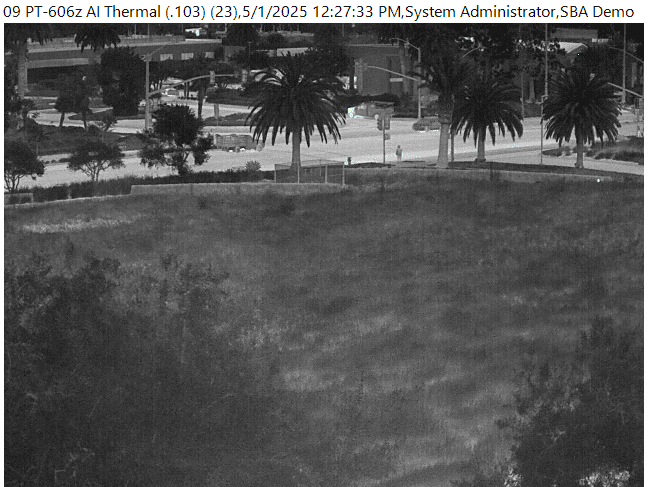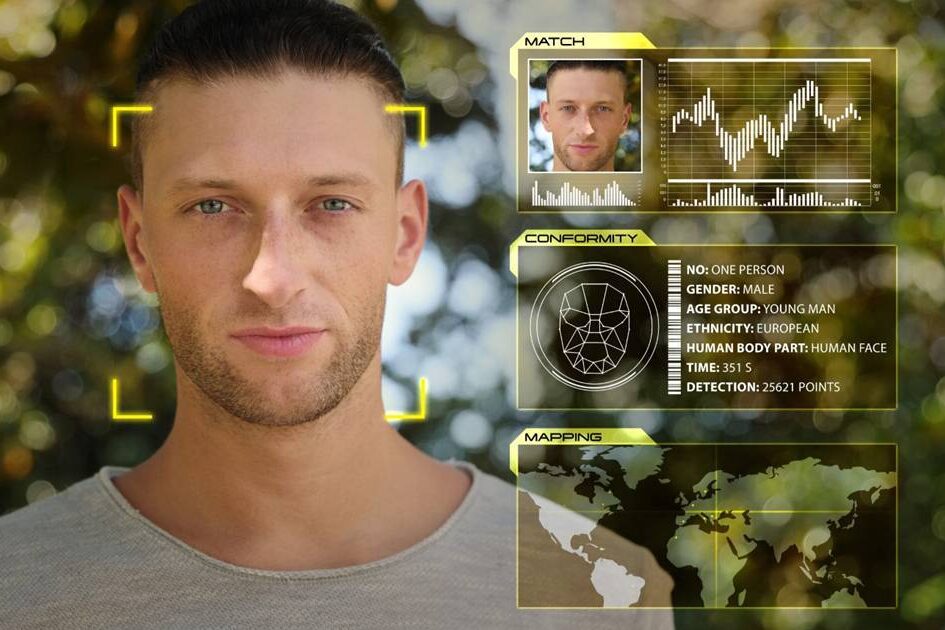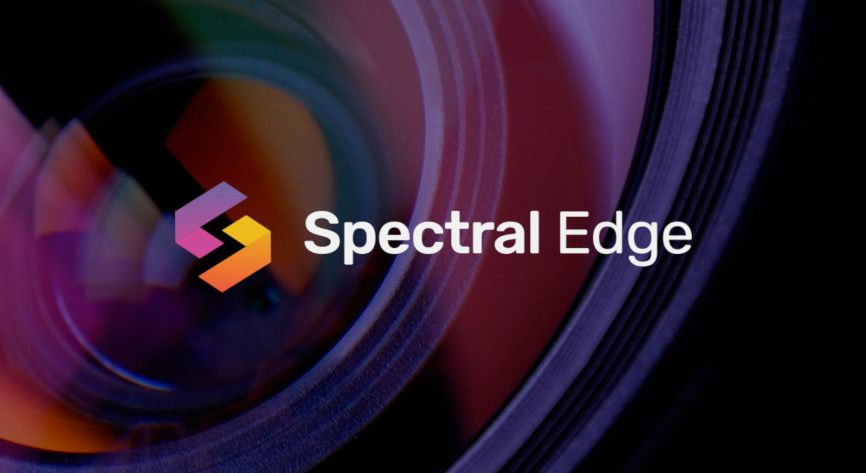
Thanks to the wonders of surveillance cameras and face recognition software, Tesco will be showing adverts in its petrol stations that are aimed at you – yes, you, the young/middle-aged/elderly man/woman over there.
There’s nothing new about this technology – I saw it demonstrated on Panasonic’s stand at IFSEC a few years ago – but the news that Tesco is going to allow the use of face scan technology to target advertising in their 450 petrol stations has come as a shock to privacy campaigners and others.
The technology is being rolled out to Tesco petrol stations by Amscreen, the digital advertising and signage company owned by Lord Alan Sugar and managed by his son Simon Sugar, in partnership with dunnhumby (one of those insufferably on-trend companies that insists on spelling its name in lower case letters), a company that specialises in analysing customer shopping behaviour.
The technology package consists of a flatscreen TV, a camera, a computer and facial recognition software. The software uses visual clues to guess a person’s gender and estimate their age. This data is then matched against a database of advertisements in which either the product or the way it is presented is judged to match that profile. So, if you are a middle aged man, they will assume you are interested in Sky Sports (no, thank you, I’m not), and if you are a young woman, then perhaps the latest album from Justin Bieber (don’t get my daughter started on Justin Bieber!).
So, in addition to displaying age/gender “appropriate” adverts, the system will also collect data for Amscreen’s audience measurement technology, OptimEyes, which will analyse data over time to develop a profile of shoppers’ age, gender, and dates and times of visits to measure the impact of advertising and build customer engagement.
Privacy advocates were quick to respond. Nick Pickles at Big Brother Watch objects to the technology on ethical grounds. He said that the technology is an invasion of privacy unless customers are given the opportunity to opt out.
However, is the use of facial recognition to target advertising at people going into a Tesco petrol station any different from Google, Facebook or Amazon which target advertising based on people’s online behaviour?
Google and Facebook have been heavily criticised for their respective privacy policies and use of customers’ personal data. Users of Gmail are accustomed to seeing adverts appear on screen based on the content of their private emails. And your friends, likes and what you may chat about on Facebook are all considered fair game for its commercial team.
Ironically, in the quest for eyeballs, is the advertising industry perhaps shooting itself in the foot? Everywhere we look, we are visually assaulted by marketing that is designed to make us look. We can’t help it – we are programmed to respond to certain images and the ad men know it.
But, to borrow an awful advertising buzzword, does looking equate to “engagement”? We may see the message and we may understand its intent, but do we accept it? And ultimately, do we buy it?
Or are we so overloaded with information, our senses so dulled by the constant barrage of images, colours and slogans, that we don’t even clock what we’re looking at?
All I know is that next time I walk into a Tesco petrol station, I shall be wearing my Lord Alan Sugar mask. I wonder what adverts they’ll show me?



























